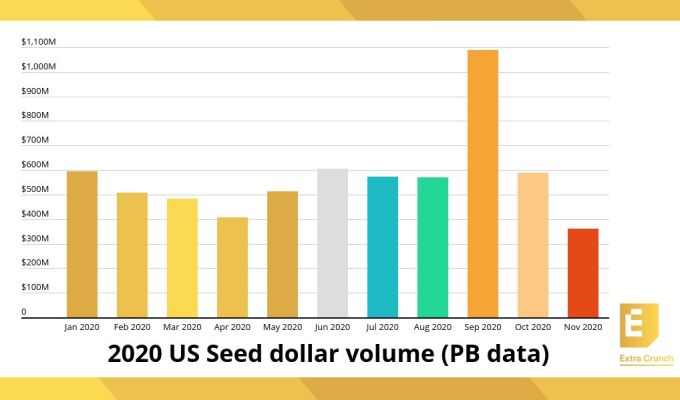“Are you okay?”
I don’t have a good answer to the question. Knowing full well that I’m talking back to an algorithm — even one asking the same question of everyone with a different band mad-libbed in — doesn’t soften the blow. Am I? Are we? Is anyone, really?
In this case, it’s referring to Waxahatchee. I mean, yeah, I totally listened to a lot of Waxahatchee this year. Waxahatchee is good. Saint Cloud was one of my favorite albums of the year. Katie Crutchfield’s music doesn’t exist in the Elliott Smith, Leonard Cohen bin for me. It’s not time to send up the signal flares when you see the band all over my Spotify social feed.
The Spotify roasting AI that’s been making the rounds this week is a fun exercise in music snobbery. It also may be brushing against some larger truth here. Something I think we all considered at least in passing this year when Spotify offered its annual “Wrapped” year in review.
What’s the soundtrack to the worst year, ever? What do we listen to while the world burns? In 2009, a former CNN intern stumbled across a video tape in the archives labeled with the title, “Turner Doomsday Video.” The minute-long video features a band playing, “Nearer My God To Thee,” believed to be the final song played by the band on the Titanic. It carried the explicit instructions, “HFR [Hold for Release] till end of the world confirmed.”
Barring any sort of last-minute surprise, it seems likely we’ll make it through 2020 shy of a full-on apocalypse (in spite of, perhaps, the best efforts of some). But for me, Spotify’s year in review was a testament to hell year, just as my Apple Watch exercise bars saw a zeroing out in late-March and April, as the pandemic bore down on my home of Queens, New York and I dealt with some personal health issues.
What was pitched as a celebratory aggregation of my listening habits over the previous 12 months exited the machine as a testament to the long stretches of time where engaging with music felt like an impossibility. Ambient music and post-rock got me listening again when lyrics seemed like too much to process. And I’m sure I’m not alone in having listened to some comfort tracks with an alarming frequency.
Looking back is a useful reminder of the role music played in what undoubtedly qualifies as the worst year to date for many. It would be an overstatement to suggest that music saved my life in 2020, but it certainly cushioned the blow of one too many emotional gut punches.
“Music can lift us out of depression or move us to tears – it is a remedy, a tonic, orange juice for the ear,” the late-neurologist, Oliver Sacks wrote. “But for many of my neurological patients, music is even more – it can provide access, even when no medication can, to movement, to speech, to life. For them, music is not a luxury, but a necessity.”
Louis Armstrong put it even more succinctly: “music is life itself.”
It’s a cruel irony that, in a year when music has meant so much to so many, most musicians have struggled to make ends meet. The musical field certainly isn’t unique in that respect this year, but their struggles have been pronounced in an era when streaming revenues offer fractions of cents what musicians make in record sales, and touring has become the most important revenue stream for all but the biggest names. For the past 10 months, that all but dried up.
“The pandemic utterly decimated the live-music industry,” Wilco frontman Jeff Tweedy noted in a recent interview. “There’s been almost an entire year now of absolutely zero revenue.”
In May, a survey from the Musician’s Union noted that 19% of musicians said they might end up giving up their careers due to the impact of COVID-19. Seven months later, one wonders whether that figure might have been optimistic.
Tweedy adds, “There will be places to play. But the landscape won’t ever look the same. I imagine that a lot of the more intimate music venues will be gone, just like a lot of small businesses and restaurants.”
Bandcamp has been a beacon for many. The service’s “Bandcamp Fridays,” which waive its revenue cut, have raised $40 million to date. The site has promised to continue offering the feature at least through May of next year.
This year’s struggles have served to highlight concerns over streaming royalties. Spotify has understandably been the focal point for this conversation, all while the company has spent hundreds of millions to bolster its podcast programming. CEO Daniel Ek didn’t do himself any favors in July when he noted, “Some artists that used to do well in the past may not do well in this future landscape, where you can’t record music once every three to four years and think that’s going to be enough.”
In October, Justice at Spotify rep (and Galaxie 500 member) Damon Kurkowski told me “[R]esponse from certain corners of the industry has been as cold as we expected: ‘You’re just musicians and don’t understand business,’ is the basic gist of it. To which I would say: The problem we are calling attention to is precisely that musicians have been left out of the conversation! We always come last in payment and in consultation — even though our work is what the streaming business is built on.”
The struggle to survive on music is nothing new, of course. Jazz genius Thelonious Monk famously had a benefactor in Baroness Pannonica de Koenigswarter. But just because we’ve failed musicians in the past doesn’t mean we can’t and shouldn’t do better.
Am I okay? I’m still not sure, but listening to music seems to help.



